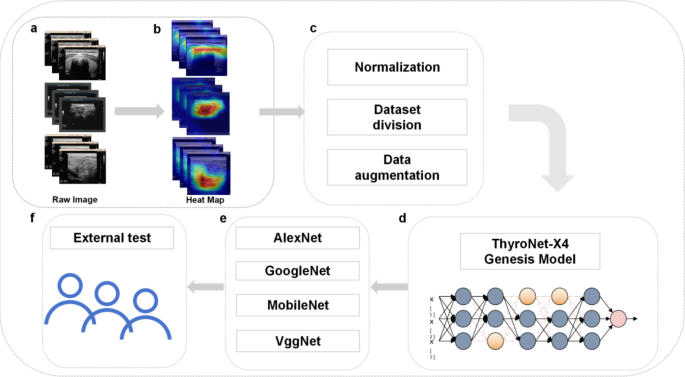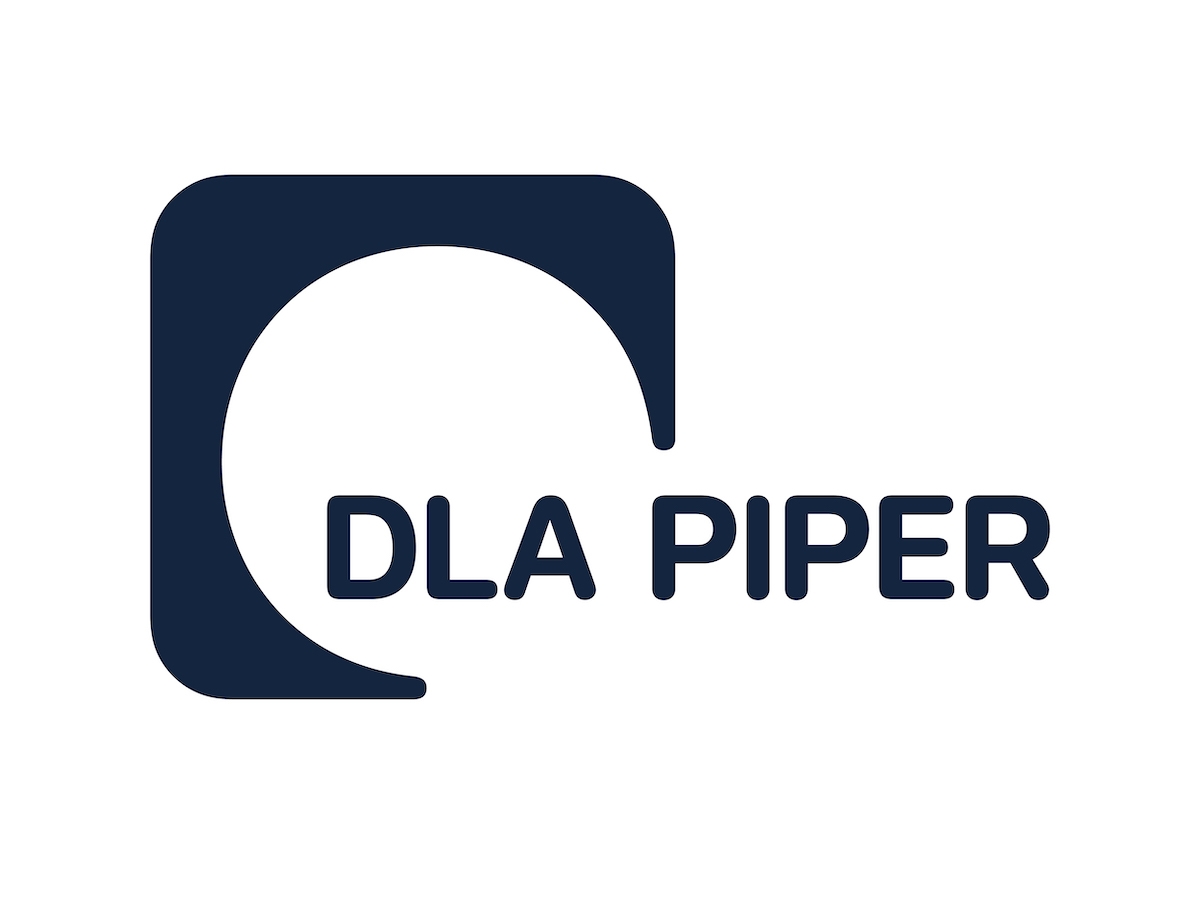Introduction Thyroid nodules are defined as space-occupying lesions within the thyroid gland that can be detected through imaging studies, differentiated from the surrounding thyroid tissue. These nodules can be benign or malignant, and according to recent epidemiological studies, up to 60% of the population have thyroid nodules1, with a malignancy rate of approximately 1–5%2. Further

A Cure for AI FOMO – AI Business
It’s the adjectives that kill me: Crucial, vital and paramount.
Almost every podcast I hear or article I read about artificial intelligence uses words like these to convince me that if I don’t take some kind of action now, I’ll miss out. Phrases like irrelevant, unprofitable, or left behind usually follow. Fear of missing out (FOMO) pulls me – and maybe you– away from the important work right in front of us.
If you’ve felt this FOMO, I’d like to offer you a simple truth to help soothe your anxiety.
The same good management practices that make data understandable for humans also make it understandable to AI and machine learning tools.
Ask The Experts
In her practical, non-jargony book, The Business Case for AI, author Kavita Ganesan makes the case that data readiness is fundamental to a successful business AI/machine learning (AI/ML) strategy. AI/ML may generate data, but it’s still a data tool, she argues. Deep learning algorithms and the data scientists who manage them thrive on data and without reliable, well-organized data, your data science team will struggle to deliver value.
Gartner Research backs up this advice. In his recently published report, analyst Mark Beyer defines “AI readiness” for analytics as data that is aligned, qualified and governed. Many of his recommendations sound a lot like the best practices you already know: Applying good metadata – information about the data itself – cataloging the data and including business controls like exception reporting that “qualify the data so people trust it more.
Related:Identifying Use Cases for AI in the Utility Sector
AI language models depend on good semantics, something both experts agree on. But what are these semantics? Just think of it in the obvious sense: clear, consistent and thorough labels and categories for the data at every level. Neither people nor algorithms should have to figure out what the data represents on their own.
Beyer offers this reality-check: “Algorithms are ‘off the shelf,’ including generative AI — the differentiation is in the data.”
Can’t Miss Guidelines
Ganesan offers three basic guidelines for integrating AI/ML into your overall business data strategy: Understand the capabilities before investing, focus on data readiness and identify obvious use cases. Her advice resonates with my frictionless approach to data strategy.
Here’s how.
Understand the capabilities before investing. Before hiring a team of data scientists, ask better questions. Do you need information from sources with large amounts of unstructured text data? Maybe natural language processing (NLP) could help. Does your master data situation include categorizing high volumes of data? Then a traditional machine learning solution could help.
This approach helps you make sure you’re solving problems with the right tool.
I’ve seen situations where a company purchased an AI tool only to find out that it doesn’t work because their data quality was terrible. People knew this when they bought the software, but ignored it, hoping that spending money would bridge the gap between a careless business process and the bad data generated by it.
Focus on data readiness. Here’s a key lesson I learned from partnering with data science teams: 80% of the time spent on data science projects just focuses on “data wrangling”. That’s just a new term for finding and organizing data as fast as you can. Data scientists usually take the shortest possible path to move data from the source to the algorithm and normal IT pipelines just slow things down. That’s a problem that data readiness helps.
Without a good data management strategy, data scientists spend most of their time hunting, gathering and cultivating data. It’s like turning elite chefs into farmers: Data scientists know how to do the work, but managing the data from the ground up isn’t the best use of their time or your money. And without the support of your data management strategy, their solutions might not work for the whole company.
Don’t overthink this one. Readiness usually means just making the data easy for AI tools to find and use. If good semantics aren’t already part of your solution, fix that now for all your data, not just the data you need for AI projects. Do it for the people using your data too.
Identify obvious use cases and prove their value. The hidden cost of any IT project is the work you do on solutions that people never use. So use the crawl, walk, run approach by starting with a manual solution or simple software automation.
The most common business reporting use case, in my experience, is augmenting the data you already have. For example, categorizing customers by market or company size helps people with business decisions. That’s a good example of an AI use case: Sometimes learning new things about the customer, like its size or who works there, is beyond the reach of traditional data tools. You can prove the value of using AI for this by manually adding the data before spending money on the AI solution. If nobody uses the output of the manual solution, they probably won’t use the advanced solution either. This may sound like extra work, but it will give you immediate visibility to reasonably good data and validate the investment potential of adding automation.
If you’re not sure what’s on the potential menu of use cases for your business processes, leverage Gartner’s “use case prism” tools and the matrix in Beyer’s report. They’re a great catalog of common data science applications and you’ll probably find off-the-shelf vendor-supported software that addresses your business needs.
Ready for Humans, Ready for AI
Ironically, if you just focus on your company’s data foundation, you’ll find yourself more prepared for the universe of potential AI/ML use cases. And when you start to feel that fear of missing out, remember this: Focus on good data management – just like you would for humans.



